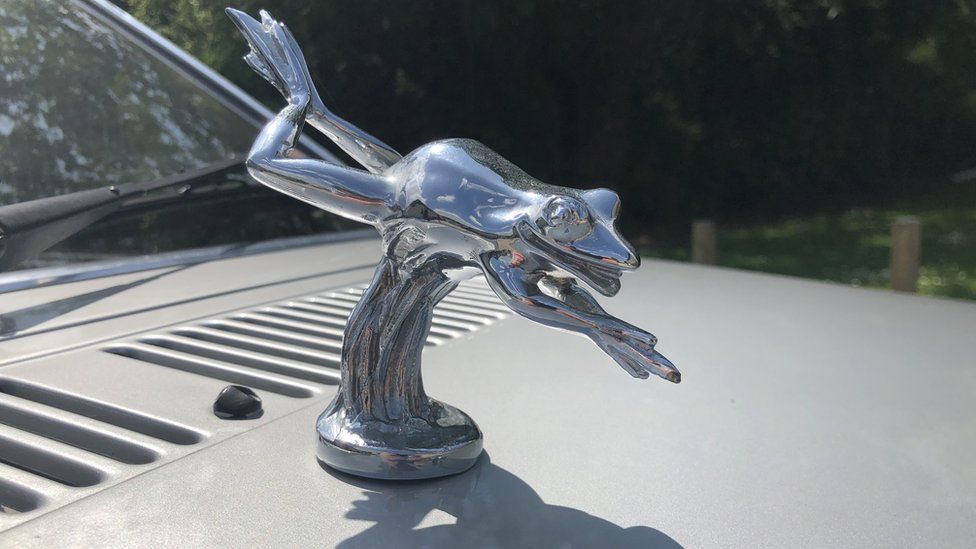Forza Horizon 5, the latest iteration of the fabled Forza franchise, has confirmed its open-world location as Mexico in the upcoming game out in November!
[embedded content]
Built for next-gen consoles Xbox Series S and X, the new Forza Horizon 5 game takes to southern America and the breath-taking sites of Mexico. The open-world driving game will explore “living deserts, lush jungles, historic cities, hidden ruins, pristine beaches, vast canyons, and a towering snow-capped volcano – the highest point ever in a Horizon game.”

While its been optimised for Xbox Series S and X, users on the older Xbox One generation console will still have the opportunity to play the game, as will PC players.
Sadly, gameplay is said to operate at 4K @ 30FPS (60FPS in performance mode) for Xbox Series X and 1080p @ 30FPS for the Series S model; given the game was built for the more advanced consoles, you would have expected the option of support for 120FPS for a more fluid and truer gaming experience. That being said, those skies you see in the trailer above is genuine Mexican sky as the team recorded the sky over a 12 hour period in Mexico at 12K resolution.

Thanks to the inclusion of more modifications, you’ll be able to tweak cars to a level you’ve not been able to before on a Forza Horizon game, like the inclusion of 100 new wheel designs, new body kits, paint options and “thousands of performance upgrades”. Sounds promising!

We don’t know how many cars the game is getting but from what we can see in the trailer, you can expect to be driving some epic machinery, from the Mercedes-AMG Project One and McLaren Senna to Ford Broncos and Land Rover Defenders, there’s something for everyone’s taste!
Forza Horizon 5 officially releases on November 9, although you can get early access from November 5.



